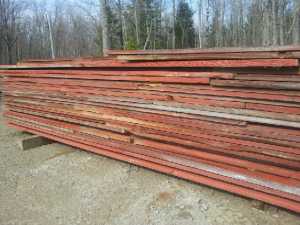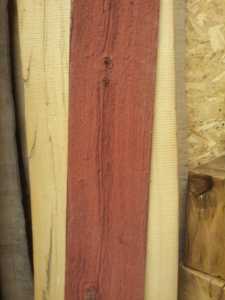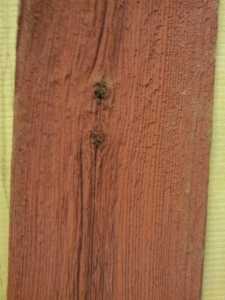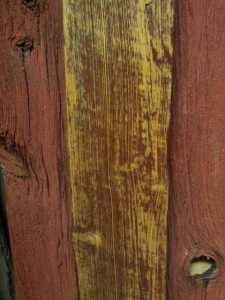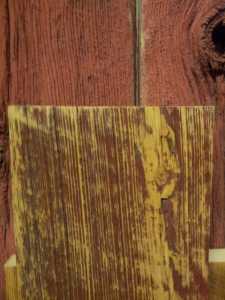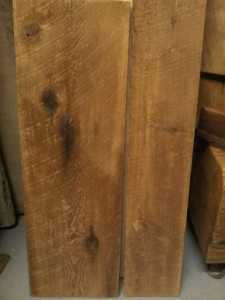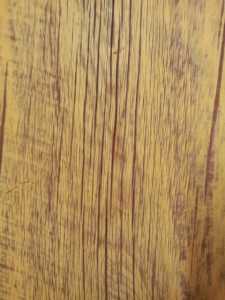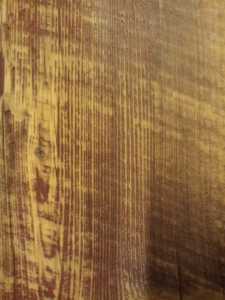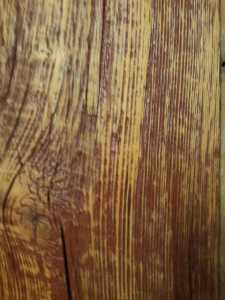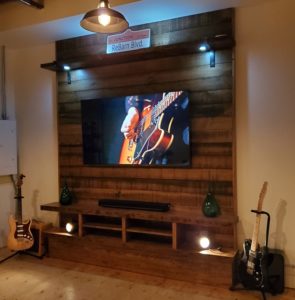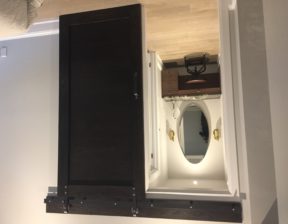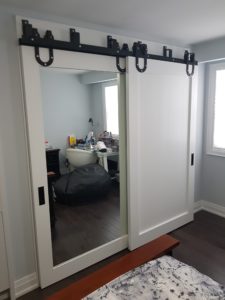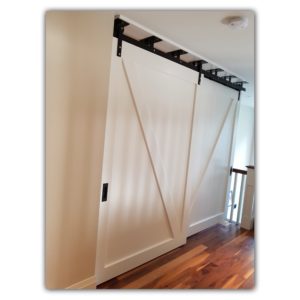Red barn board…the classic barn yard staple in children’s books…conjures up images of Farmer Brown, Old McDonald and The Little Red Hen. Good childhood images of life on the farm. Funny how symbolic a piece of wood can be!
Most people are after grey barn board for its silver sheen and weathered good looks. I get the attraction (I sell the stuff). But painted barn board offers something grey board can’t. Stability!
As a career painter for over 25 years…one thing I understand is protecting a substrate with good primers, paints and stains. Aside from keeping things looking spiffy…protection is a coating’s primary function. A good exterior coating system is designed to protect a substrate from extreme weather by forming a protective barrier against sun, rain, snow and wind. That is true of barn siding too.
Grey barn board is grey because of UV damage to the surface of the wood. Depending on the location of the board on the barn, water damage can also be present as can black spot mold. The damage to the barn board by the elements leaves the top fibers of the wood grey, and is an indication of dead wood. In the worst cases, unprotected barn board will show signs of dry rot. This can be seen in lacy, fraying, dry, crumbling wood.
Because dead wood fibers are unstable, it is normal to remove them before painting. Consider a fence or deck that is weather beaten and grey and needs to be painted or stained. It’s common practice to remove the grey on the surface before applying a coating system. Why? Well…the strength of the new coating will only be as strong as the surface it is being applied to. And in the case of dead wood fibers…that isn’t very strong. So…these dead fibers are usually sanded off, or power washed off with the addition of a good wood conditioner before painting.
If you take a really nice piece of grey barn board and run your finger nail across the surface against the grain, you will leave a permanent scratch in the surface of the wood. This is because the dead wood fibers on the surface of the wood are being scratched off. The surface is very delicate. The more deteriorated the surface, the worse the scratch will be.
So, because the primary function of paint is to protect the substrate it is applied to against the elements, doesn’t it stand to reason that painted barn board would be more weather resistant than unpainted? Certainly! And doesn’t it stand to reason that it will have greater integrity as a result? Of course!
Regardless of the color, painted barn board has been protected from the elements for all (or some) of it’s life, depending at what stage of the barn’s life it was painted. But the board is still aged beautifully and has plenty of gnarly character like it’s grey counterpart. Bringing out the character of the painted board takes a little work, but in the end, the results are well worth the effort.
I like to sand out or plane painted barn board to take off the high points and get down to open wood. This leaves the low points still holding paint. Depending how clean of a look you want, you can regulate that by taking off more wood during planing or sanding. The end result is a variegated contrast in color that pops the weathered grain and accentuates the gnarly appearance of the wood.
Look at the pictures of the red board below and see the different levels of finishing and the variance in color. The look is well worth the effort!
We can show you how to get the most our of your barn board whether grey or painted. We are finishing experts when it comes to wood!
